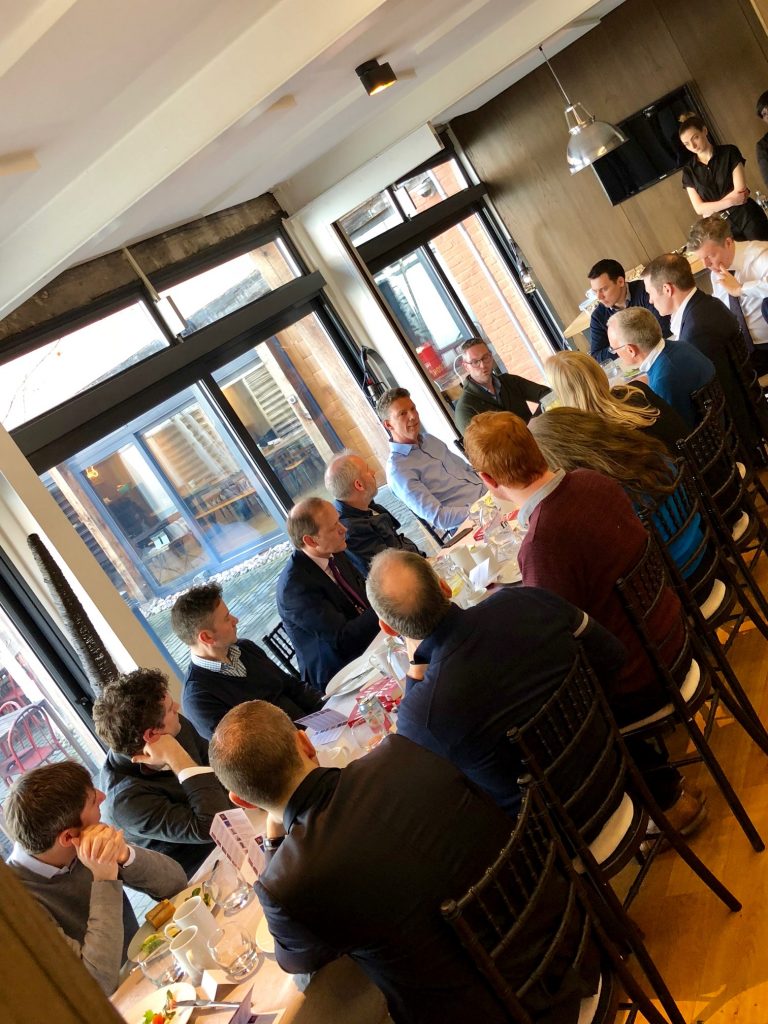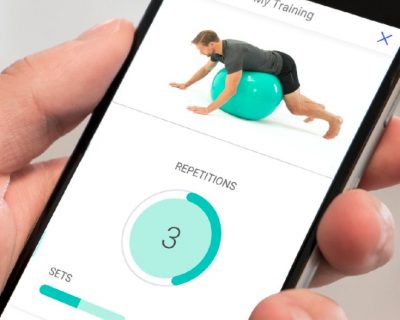Last week Frog hosted a lunch event to discuss the topic of Pitching your business for scale-up funding. We’ve previously discussed the right approach to pitching and positioning a scale-up in more detail here.
Guests included executives from Frog portfolio companies, as well as other respected leaders and high-potential founders and CEOs. The session was kicked off by leading UK advisor and pitch expert, Benjamin Ball, quoting Aristotle’s Rhetoric, the ancient Greek treatise on the art of persuasion:
“Of the modes of persuasion furnished by the spoken word there are three kinds. The first kind depends on the personal character of the speaker [ethos]; the second on putting the audience into a certain frame of mind [pathos]; the third on the proof, or apparent proof, provided by the words of the speech itself [logos]. Persuasion is achieved by the speaker’s personal character when the speech is so spoken as to make us think him credible.”
Ben shared with the group three key pieces of advice on how to make the most effective pitch to your investors:
- It isn’t about you, but about the investment: it is critical to answer the “so what?” questions around the investment
- Show, don’t tell: show the story – use anecdotes and all the tools that you have at your disposal
- Build a relationship: you are not selling an investment, but a relationship – listening and showing interest in investors are key to starting to form a relationship

Our guests revealed some really useful insights, from real-life stories to useful tips:
Control the round. Carefully manage the investors’ cohort and try to run a competitive process (or convey the impression of it!). Be mindful of the numbers that you put in front of investors as you will be expected to stand behind them in the due diligence stage.
PowerPoint presentation dilemma. Driving a meeting with a presentation page flip provides some structure to the session, but slide decks create a “safety zone” for the presenter; what’s critical is how you react to what is outside the deck. Be ready to handle digressions and Q&A throughout the meeting.
Do not pitch a product, pitch an operating company and an investment opportunity. When meeting a growth stage investor, do not spend most of your time in the initial meeting pitching the product in all its details; follow-up sessions will come for that if needed. At the scale-up phase, pitch your operating company to investors and the fantastic investment opportunity it presents.
It is a team effort. Therefore, think carefully about the team attending the pitch and being involved in the fundraise process. One CEO attending the lunch, who raised multiple rounds of funding, told us about his experience of pitching to investors at the various stages: the first raise involved buying into the CEO; the second was about the management team and the third was about the operating company. The full management team and the operating company gain more importance in your pitch at the scale-up phase.
Do your due diligence on the investor. This does not only include ensuring that hygiene factors such as industry, stage, size and geography are the right fit. Determine the background and style of who you are talking to in advance (is it the techie or the number cruncher?). Investment styles and expectations can differ greatly (e.g. US vs. European); today more styles of investing are present in Europe and you no longer need to fly to Silicon Valley to have to adapt to US-style pitching. As audiences will inevitably vary, practise for the different scenarios.
Leverage the questions that you can ask to the investors to optimise your pitch. Asking an investor what made them want to come and see you when they first saw your deck is a question that can provide you with great insights into the investor’s mindset, which you can use to tailor how you pitch and sell the opportunity. Also, during Q&A, asking for clarification on what’s behind a specific question you receive can help you understand what the investor is really looking to address.
Finally, the overarching theme throughout the discussion was that the simplicity of messages is essential in pitching to investors at any stage; “if you can’t sell it in one page, you’re in trouble”. Most of the times, delivering a simple message is not simple; preparation and a full understanding of the process then become essential to delivering a successful pitch.
Thank you to everyone who attended the lunch for all your engaging and open discussion – we look forward to seeing you at our next lunchtime event.












